1. Stay Calm and Don’t Run

First things first—don’t panic. Your instincts might scream at you to turn and run, but that’s the last thing you should do. Dogs are wired to chase, and if you bolt, you’re basically inviting them to pursue you. Instead, take a deep breath and stand your ground. Running could escalate the situation from curiosity to full-on prey drive. While standing still, try to project calm energy. Dogs can pick up on human emotions, and your panic might fuel their aggression. Keep your body language open but non-threatening—don’t make sudden movements or wave your arms wildly. It’s all about keeping things as chill as possible, even if your heart is racing.
By staying calm, you’re showing the dog that you’re not a threat. Remember, animals often mirror the emotions of those around them. If you exude confidence, the dog is less likely to feel the need to escalate the situation. Staying composed could be the difference between a peaceful encounter and a dangerous one. You need to keep in mind that dogs are incredibly perceptive of human behavior. According to Flexi, projecting a calm demeanor is a valuable skill in preventing potentially aggressive encounters. Even if you’re scared, controlling your reactions can influence the outcome significantly.
2. Make Yourself Big and Assertive

Here’s where you channel your inner superhero. Stand tall, spread your arms wide, and hold your ground. Dogs respect confidence and dominance in body language, and appearing bigger can deter them from advancing further. Shouting a firm command like “No!” or “Stop!” can also help. Make sure your tone is loud and authoritative, not scared or whiny. Think of it as your moment to take charge—you’re the pack leader here. This isn’t about intimidation; it’s about showing that you’re not an easy target. Avoid turning your back, as that can signal vulnerability.
Instead, face the dog head-on with your feet planted firmly on the ground. Even if the dog doesn’t stop immediately, showing assertiveness can make them think twice. Confidence speaks louder than fear, and your stance could make all the difference. According Ladenburg Law, being assertive can prevent the situation from escalating into something more dangerous. When you make yourself appear bigger and in control, the dog perceives you as less of a threat. This psychological advantage can make them back down or slow their approach. Showing assertiveness signals that you’re not an easy target.
3. Avoid Direct Eye Contact
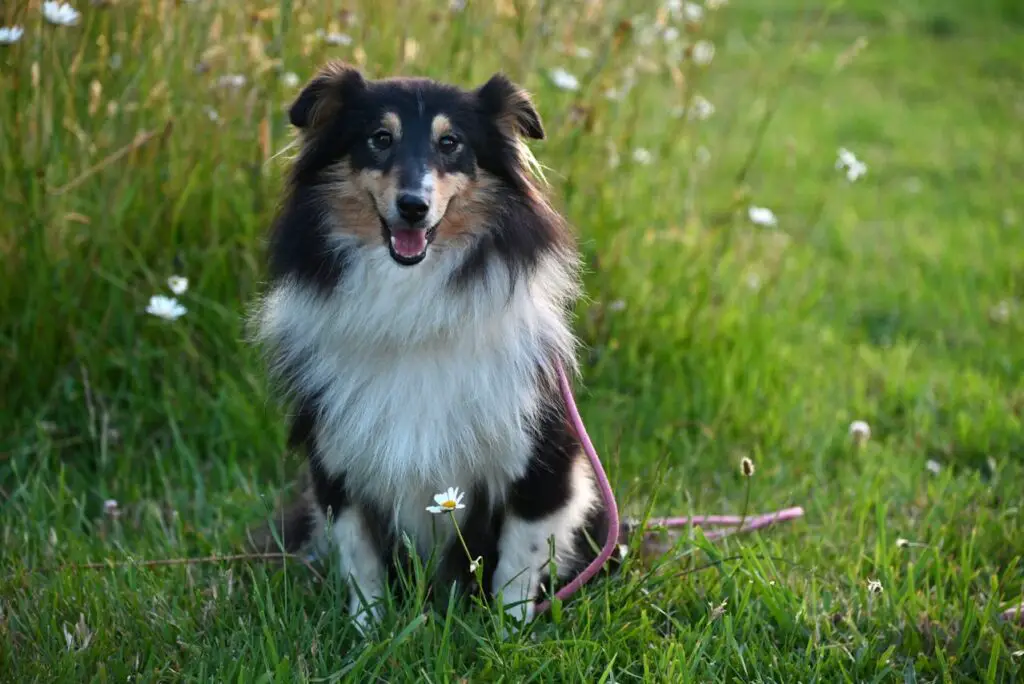
It might feel natural to lock eyes with the charging dog, but resist the urge. In the animal world, direct eye contact can be seen as a challenge or threat. Instead, keep the dog in your peripheral vision while remaining aware of its movements. By not staring them down, you’re signaling that you don’t want to escalate the situation. This can help de-escalate aggression and prevent the dog from seeing you as an opponent. Remember that dogs read body language more than words, so your overall posture matters. Keep your stance relaxed but alert. You want to show the dog that you’re aware of them without provoking them.
This approach can help reduce tension and buy you time to think about your next move. It’s also important to avoid making sudden gestures that could startle the dog. Staying calm and avoiding eye contact shows the dog that you’re not a threat. Dogs are incredibly perceptive to subtle cues, and avoiding direct stares can help diffuse their aggression. Keeping your gaze soft and your body language non-threatening goes a long way in defusing a tense situation. In these moments, your goal is to minimize the dog’s perception of you as a rival or threat.
4. Use a Firm Command
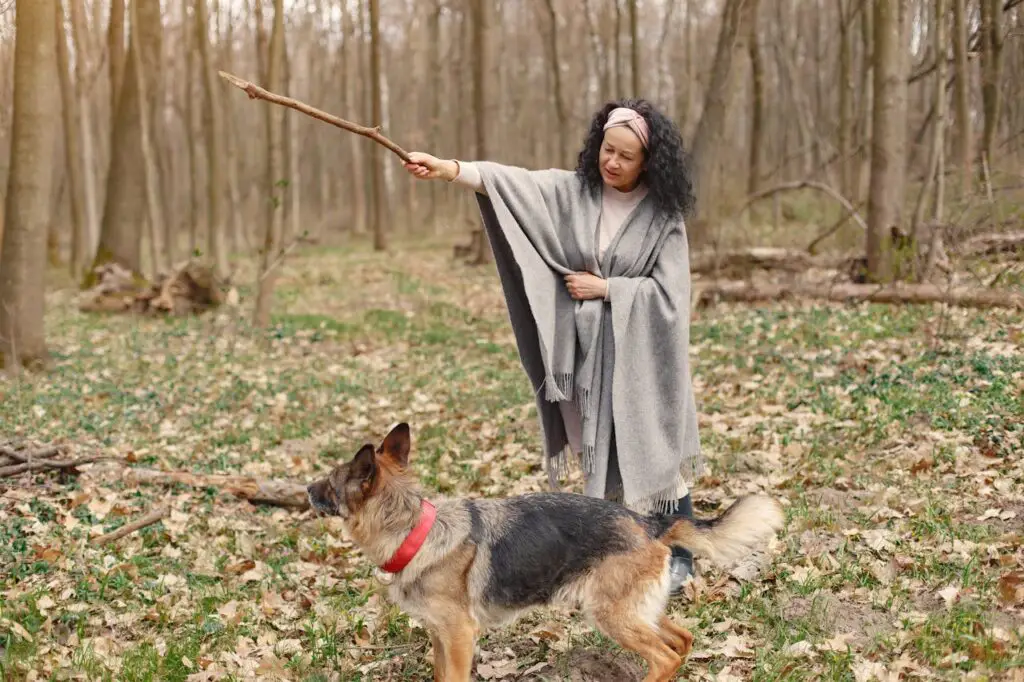
Words matter. Dogs respond to verbal cues, especially when given with authority. If a dog is charging, shout a firm command like “No!” or “Sit!” Sometimes, a dog might stop in its tracks if they recognize a command and perceive you as someone who knows what they’re doing. The key is to sound confident and in control. Even if the dog doesn’t stop completely, they may slow down or hesitate. That pause can buy you valuable time to think and act. Your voice can be a powerful tool in these situations, but it’s important not to yell in a panicked or high-pitched tone.
Keep your commands short, clear, and firm. Remember, dogs often pick up on energy, so exude calm authority. Using your voice effectively shows that you’re not afraid. Commanding with confidence can shift the balance of power in your favor. You’re aiming to project leadership, which dogs instinctively respond to. A strong, firm command can help assert your position and prevent the dog from continuing its charge. In situations like this, your voice becomes a crucial tool for diffusing tension and establishing control.
5. Back Away Slowly
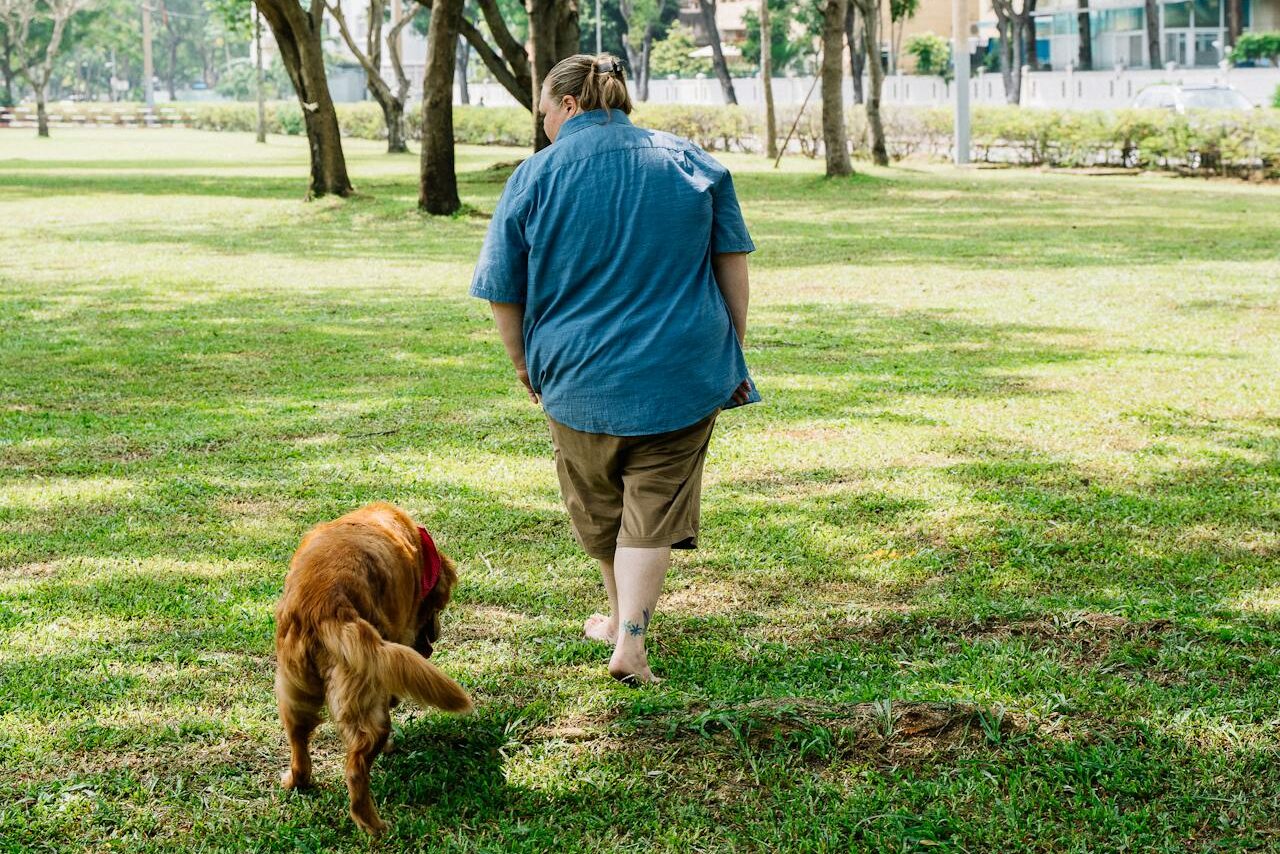
Once you’ve made yourself big and given a firm command, it’s time to start backing away—slowly. According to Central Texas Veterinary, keep your eyes on the dog without making direct eye contact. Moving too quickly might trigger the dog’s chase instincts, so take measured, deliberate steps. The goal is to create distance between you and the dog without provoking them. Slow, controlled movements signal that you’re not a threat and that you’re not interested in engaging. This can help defuse the situation further. Avoid turning your back completely, as that can make you look vulnerable. Instead, maintain a side-facing posture as you back away.
This allows you to keep an eye on the dog while signaling that you’re disengaging. The key is to stay calm and composed. Backing away calmly shows the dog you’re leaving the encounter on your terms, which reduces their drive to chase. Even as you move away, stay vigilant and prepared to respond if the dog shows renewed interest. Slowly increasing the distance minimizes the chance of further aggression. It’s important to avoid sudden movements that might trigger the dog’s instincts. Keeping your composure is essential to ensuring your safe retreat.
6. Throw a Distraction
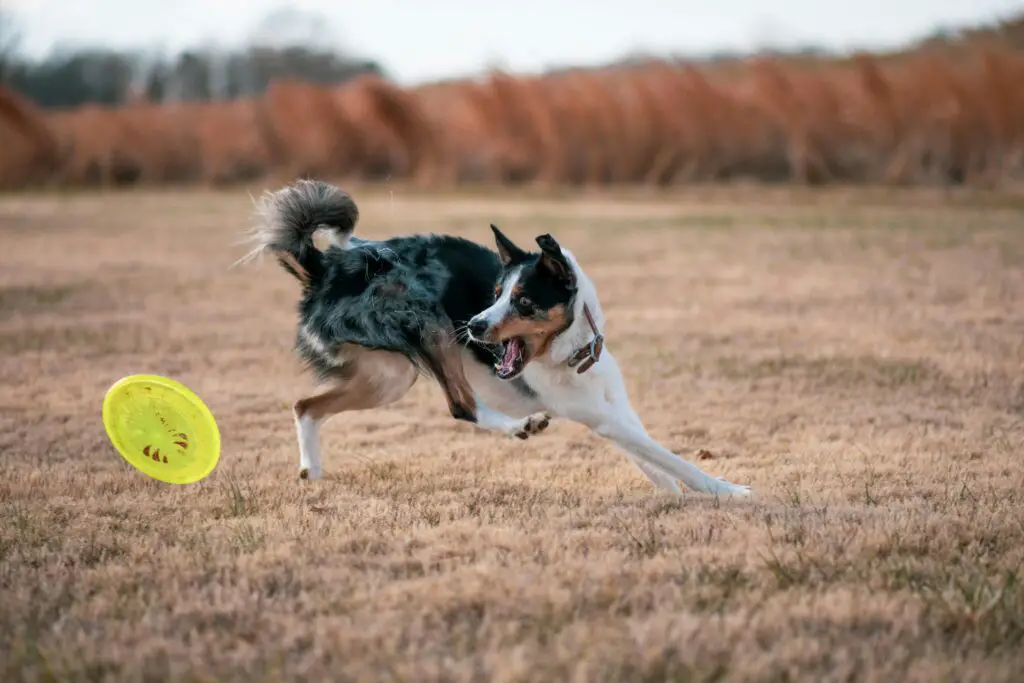
If you have something you can toss—like a water bottle, stick, or even your shoe—throw it to the side, away from you. A charging dog might stop to investigate the object, giving you a few seconds to create more distance. The key is to aim the distraction away from your body, not at the dog. You’re not trying to hurt or provoke them—you’re simply redirecting their attention. Sometimes, that split-second distraction can be a lifesaver. Objects that make noise, like keys or a metal water bottle, can be especially effective. The sound can startle the dog and break their focus.
Always carry small, throw able items when walking in areas with unfamiliar dogs according to an applied animal behaviorist, Patricia B. McConnell. Even loose change or a hat can serve as a distraction. The goal is to interrupt the dog’s focus long enough for you to get to safety. Remember to keep moving once the dog’s attention is diverted. In a pinch, even tossing something like a scarf can work to divert attention. This strategy is about giving yourself a brief window to escape or put more distance between you and the dog. A distraction can save you from harm when used correctly in tense moments.
7. Protect Your Vulnerable Areas
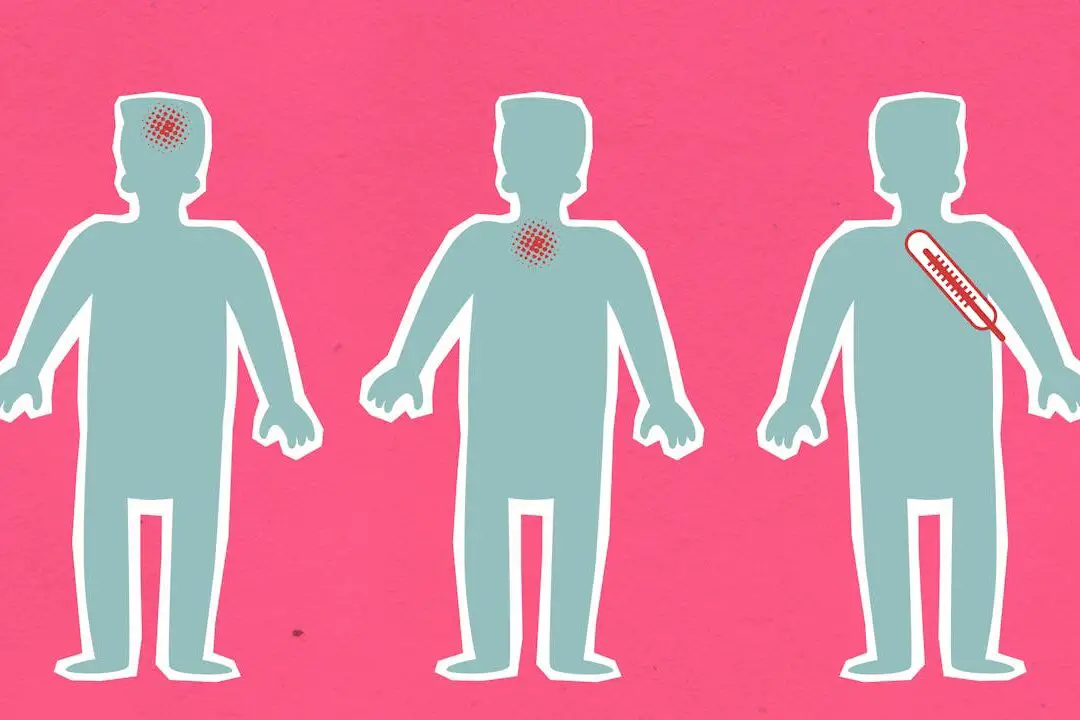
If you can’t avoid a confrontation and the dog is too close, protect your most vulnerable areas. These include your face, neck, and hands. Use your arms to shield your head and neck while keeping your hands in fists to avoid losing fingers if the dog bites. If you’re carrying a bag or jacket, use it to cover your chest and arms to absorb any potential bite. Your goal is to minimize injury to vital areas. It’s instinctual to flail or push the dog away with open hands, but resist that urge. Keeping your hands clenched protects your fingers from a serious bite.
This tactic buys you time until help arrives or the dog loses interest. Remember to stay as still as possible once the dog makes contact, as sudden movements can provoke more aggression. Shielding vulnerable areas can significantly reduce the severity of injuries. The key is to protect yourself without escalating the dog’s aggression further. By focusing on defense, you give yourself a better chance of walking away from the encounter with minimal harm. Prioritizing safety is critical, even if it means sacrificing an object you’re holding to protect yourself.
8. Have and Use Pepper Spray or a Deterrent Device

If you live in an area with frequent stray dogs, carrying a deterrent device can be a lifesaver. Pepper spray is a common option, but there are also dog-specific sprays that are less harmful while still effective. These sprays create a burning sensation in the dog’s eyes and nose, giving you time to escape. Always aim for the dog’s face, particularly the nose area. If you’re using a sound deterrent device, activate it as the dog approaches. The loud, high-pitched noise can scare off some dogs before they get too close. However, these devices don’t work on all dogs, so have a backup plan.
Make sure you know how to use your deterrent device before you need it. Practice drawing it quickly from your bag or pocket. The key is to act fast but remain calm. According to Fazer Defense, using a deterrent can stop an aggressive dog without causing permanent harm. It’s a responsible way to protect yourself while respecting the dog’s well-being. Carrying a deterrent shows that you’re prepared, which can give you more confidence when walking in areas with unfamiliar dogs.
9. Call for Help

Sometimes, the best course of action is to call for help according to West Yorkshire Police. If you see a dog charging from a distance, shout for assistance from anyone nearby. A group of people is more likely to deter a dog than a single person. If you have a phone, try calling local animal control or emergency services. Make your call brief but clear—state your location and the situation. The more eyes on the dog, the less likely it is to continue its charge. If there are no people around, try yelling loud enough to startle the dog. Sometimes, the sound of human voices can be enough to make a dog think twice.
Once help is on the way, focus on maintaining your defensive stance. Knowing that assistance is coming can help you stay calm. Calling for help also shows the dog that you’re not alone, which can reduce their confidence. Dogs are less likely to attack when they feel outnumbered. Remember, safety is a community effort, and seeking help is a smart move. Don’t hesitate to ask for assistance when facing a potentially dangerous situation with a dog.
10. Stay Prepared for Future Encounters

The best defense is a good offense, and staying prepared can make all the difference. According to Nmems, consider taking self-defense courses that include dealing with animals. Carry essentials like a first-aid kit, whistle, or flashlight when walking in unfamiliar areas. Understanding dog body language can also help you anticipate aggressive behavior before it escalates. Preparation isn’t just about physical tools—it’s about mental readiness, too. Knowing what to do in advance can help you stay calm and focused in a tense situation. Always keep your phone charged and accessible in case you need to call for help.
Being prepared means you’re less likely to panic when faced with a charging dog. Confidence in your ability to handle the situation can deter the dog from approaching in the first place. Practice responses like shouting commands or creating barriers before you need them. The more prepared you are, the better your chances of avoiding injury. Make it a habit to stay alert, especially in areas with known aggressive dogs. Prevention is always better than reaction, and preparation gives you the upper hand in dangerous encounters.


